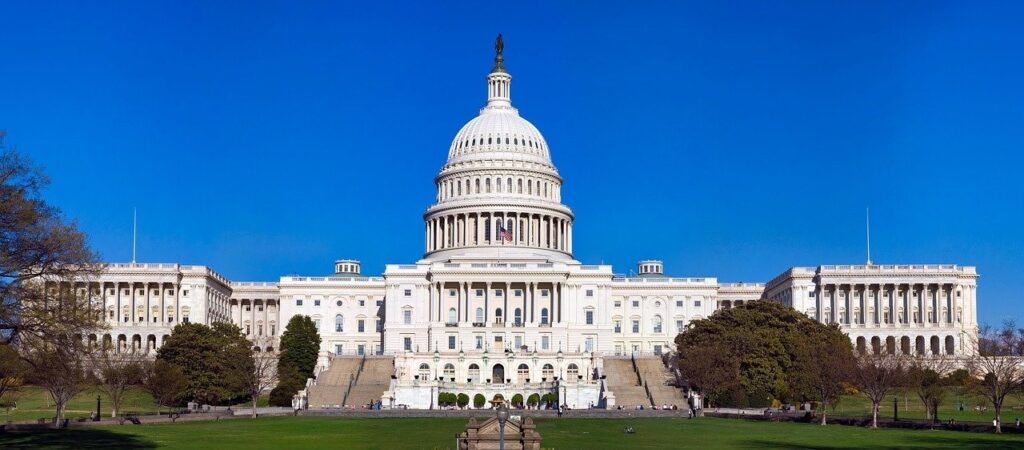The laws and regulations affecting retirement plans are constantly changing. With the SECURE Act and the CARES Act provisions that became effective in 2020, we have seen major changes to retirement plan rules. Some of these changes still need clarification from the IRS and DOL to be fully implemented. Yet, lawmakers have already introduced new legislation that builds on the provisions of the SECURE Act – called SECURE Act 2.0.
The Securing a Strong Retirement Act of 2020 seeks to further enhance workers’ ability to begin saving earlier and save more for retirement. There is bi-partisan support for this bill, but it has not yet been passed by the House or the Senate. This bill is not likely to take priority among lawmakers this session. But as we have seen over the years, proposals often foretell of future retirement plan-related changes.
Some of the provisions in SECURE Act 2.0 would:
- Require 401(k) plans to automatically enroll employees when they become eligible for the plan and annually increase deferral rates
- Increase the Saver’s Tax Credit for retirement plans and IRA contributions, as well as the income limits for eligibility for the credit
- Increase the RMD starting age to 75
- Waive the RMD requirement for those with less than $100,000 in retirement savings
- Increase the catch-up contribution limit beginning at age 60
- Allow employers to treat student loan payments as deferrals for purposes of employer matching contributions
- Reduce the number of years that long-term, part-time employees must work to be eligible for the plan from three years to two years
Stay tuned to learn more as more information becomes available from Capitol Hill.

